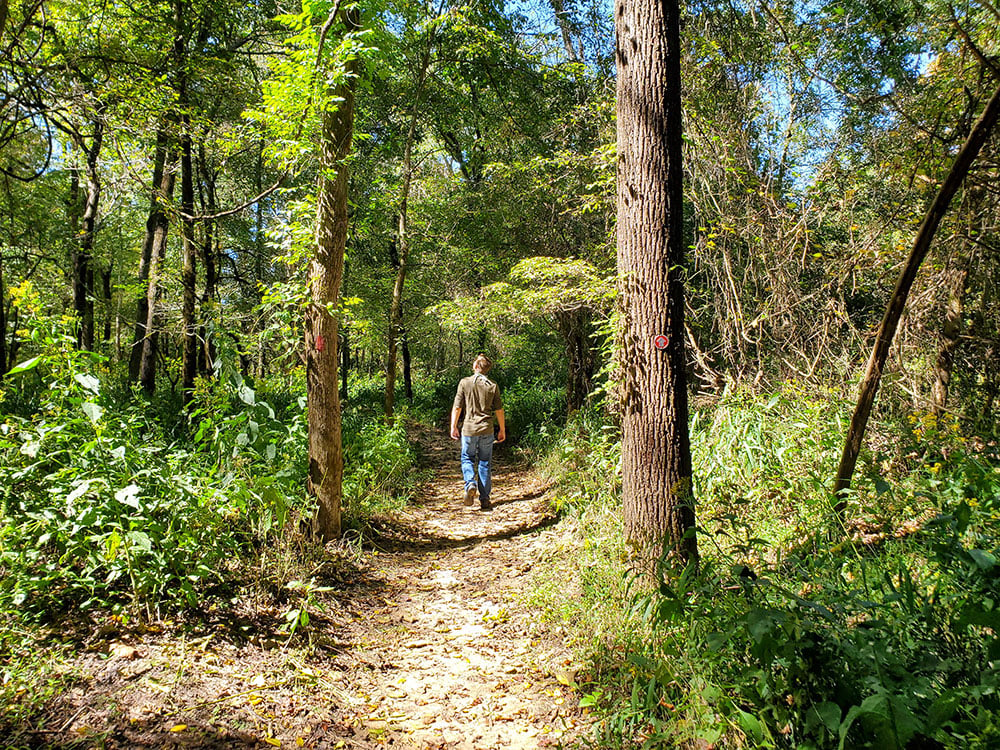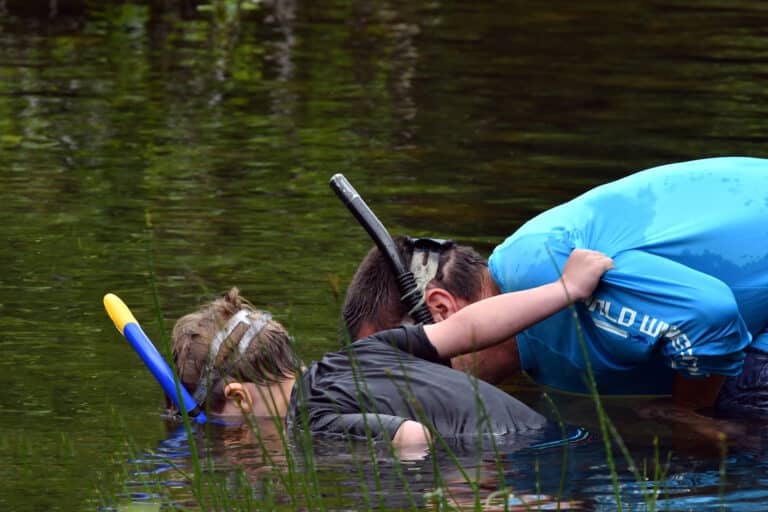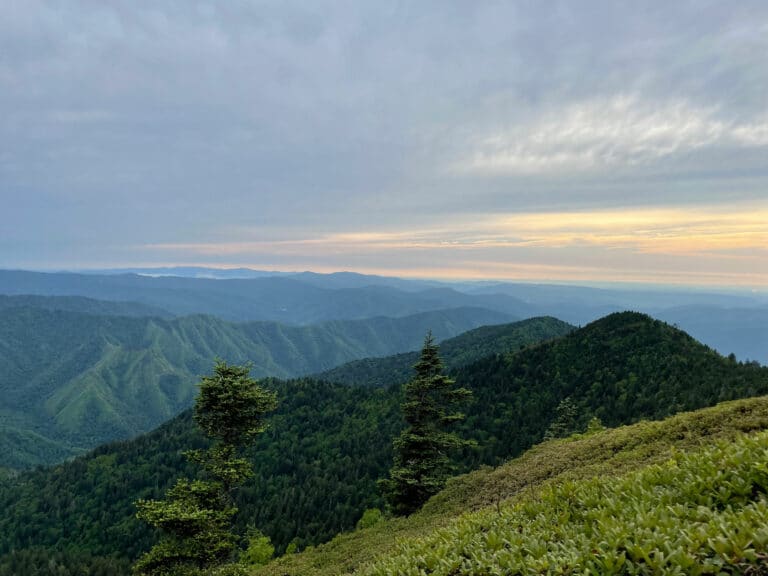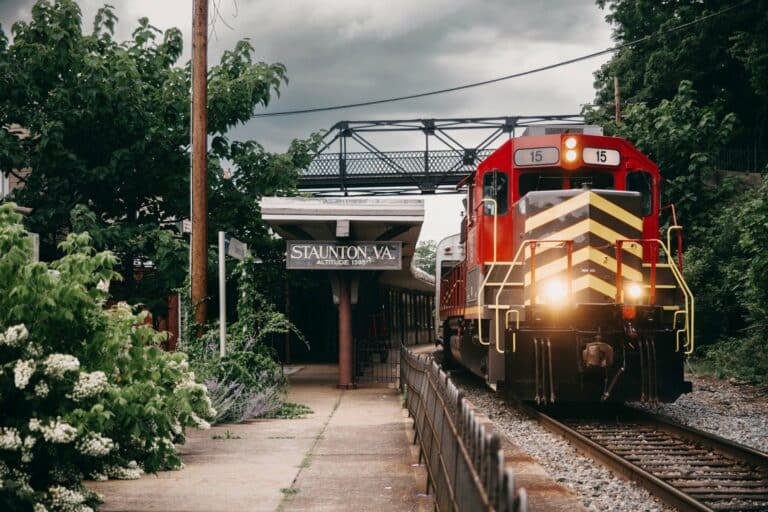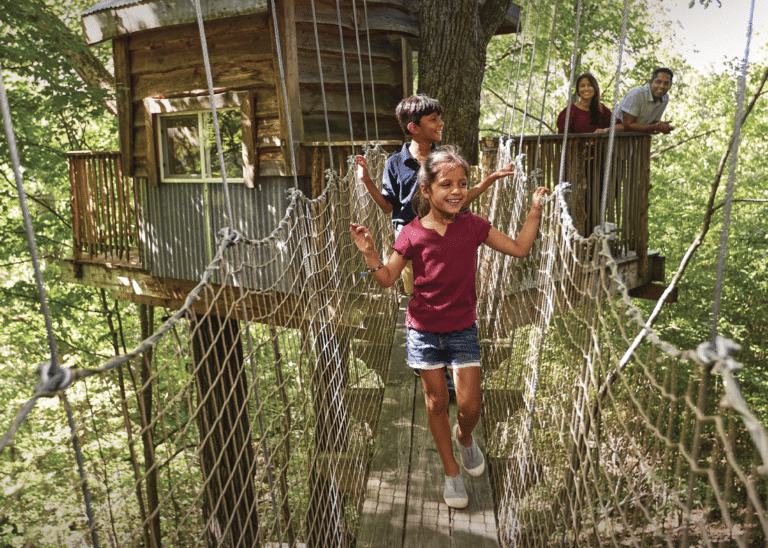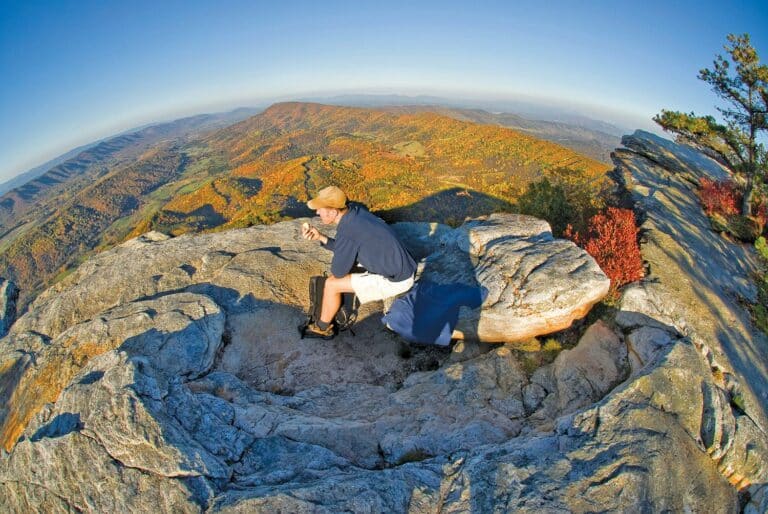South Carolina is the site of many Revolutionary War battles and skirmishes, but the Battle of Musgrove Mill always struck us as a particularly interesting one. Today, the battlefield stands as the Battle of Musgrove Mill State Historic Site, where visitors can hike through history and learn about the battle hands-on. Like many State Parks, it’s a scenic drive to the entrance, tucked away along a winding tree-lined road in the heart of Laurens County. While things are quiet and peaceful now, it wasn’t always this way.
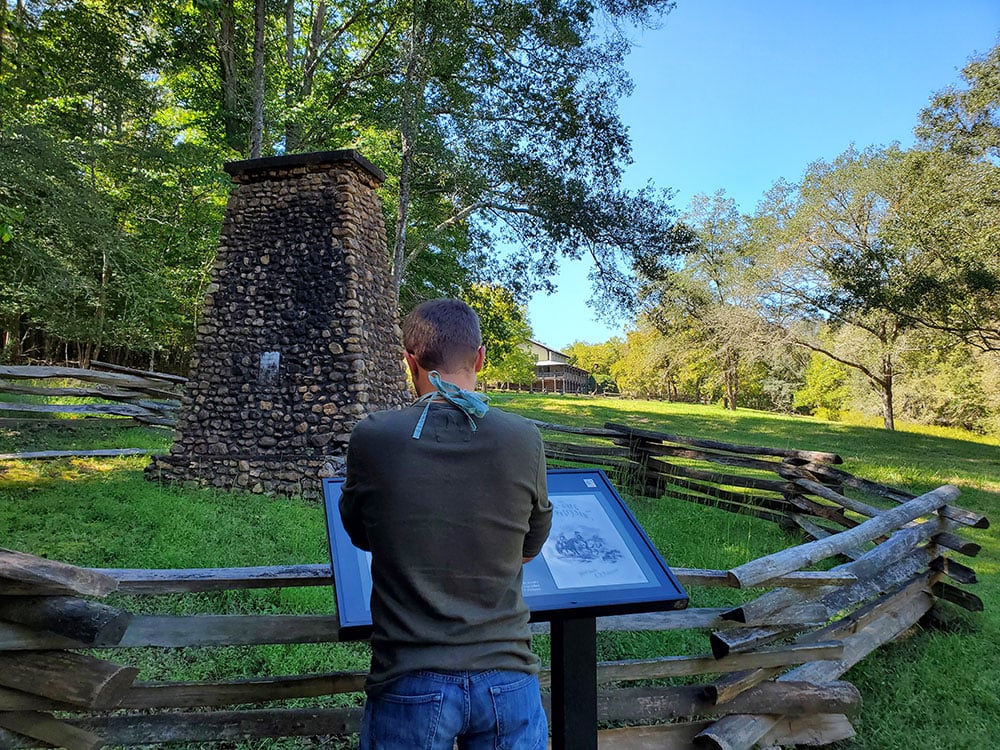
The Battle of Musgrove Mill took place on August 19th, 1780, near a ford in the Enoree river. The Loyalists had set up a camp at Musgrove’s Mill, which controlled the grain supply and guarded the ford. It was a very helpful position to control in this area, but the Patriots knew they were at a severe disadvantage. The Loyalists outnumbered them 500 to 200, with regular patrols and plenty of supplies. On the other-hand, the Patriots had already been traveling for days with little rest. The horses would be too tired for a proper retreat, so there was nowhere for them to go except through the Loyalist forces. If they were to succeed, they would have to gain the upper hand against this formidable force. A feat like that would require a very clever plan.
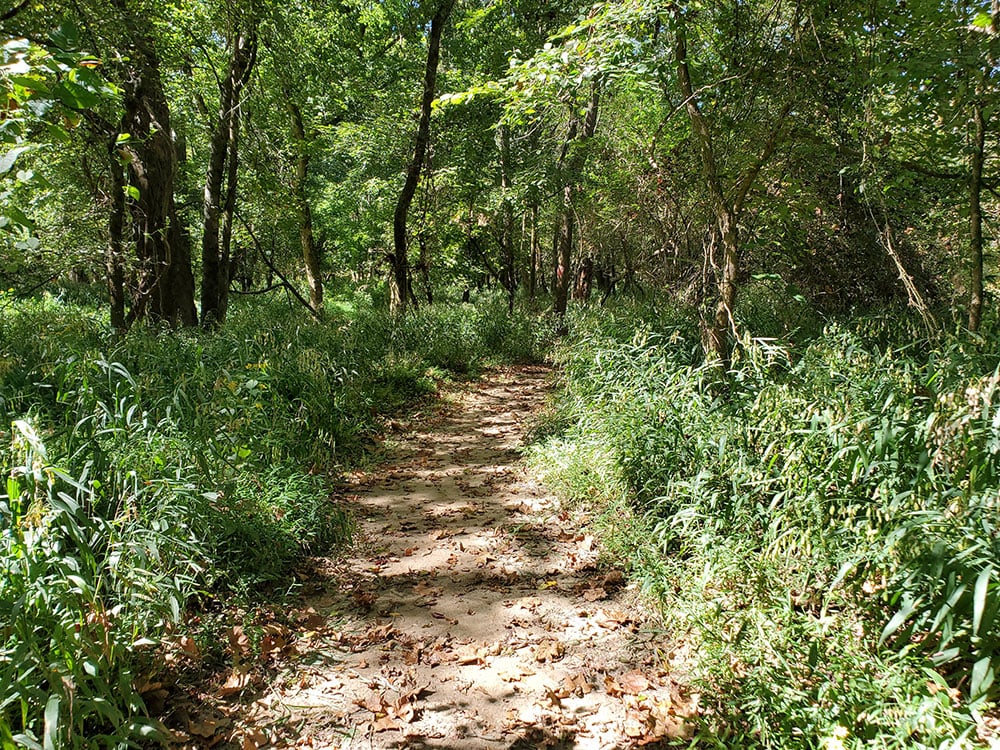
In the modern day, the British Camp trail winds peacefully through forest, highway cars only barely audible in the distance. The trail follows the same path the Loyalists would have taken on their various supply runs. Besides a few historic remnants still standing along the path, it’s hard to imagine the chaos that took place not too far from where we stood. The real action, however, would begin towards the end of the trail, when Loyalist patrols spotted about twenty men, and the chase began.
Battle is always fraught, but the battles fought during the Revolutionary War could be particularly brutal. Especially in backcountry areas, fighting was often retaliatory and relied heavily on guerrilla warfare. Very few men on either side had ever even seen Great Britain, so more often than not when two forces clashed, they would be staring into the faces of their neighbors. These twenty Patriot men retreated away from the camp with the Loyalists in hot pursuit. The Loyalists would have known they had the upper hand, but they didn’t know they were being led right into a trap.
The chase led into an uphill field, seemingly empty. As the Loyalists advanced, the full force of the Patriot army appeared over the crest of the hill. The original twenty men, led by Captain Shadrach Inman, had only been feigning confusion to lead the battle to exactly where they wanted. Caught off guard, the Loyalists fired too early, but the Patriots waited until the enemy was in lethal range of their muskets.
The battle was short, possibly only around an hour, but both sides pushed back and forth in an attempt to dominate. In the end, the Patriots broke through, killing 63 Loyalists and capturing 70. Of the Patriots, only four were killed, and none captured. One of the four who perished was Captain Inman himself, after having been such a key player in the battle’s winning strategy. Still, the Patriots had won against all odds.
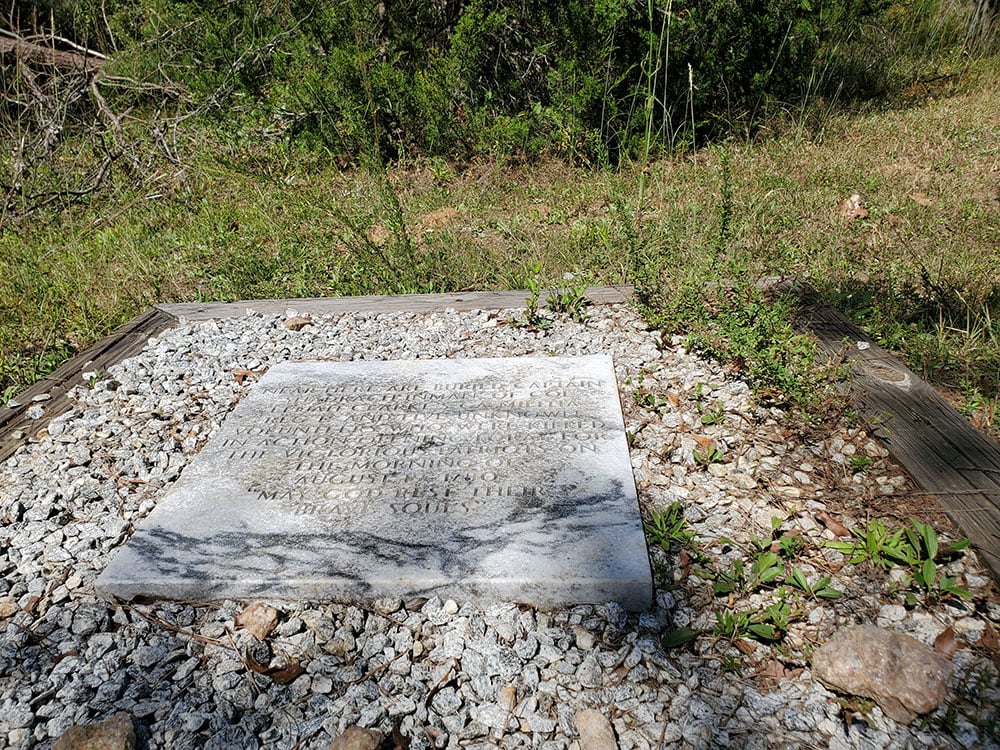
A hiking trail circles the old battlefield now. Visitors can stand at either side of the hill and see what the soldiers would have seen, peering over the crest of the hill into the forest below. A grey stone plaque sits at the top, a rough burial marker for Captain Inman and five unknown volunteers. The rest of the trail is a gentle stroll through the woods, with a surprisingly large waterfall for this area.
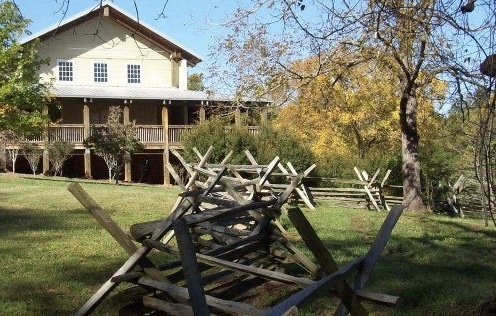
The visitor’s center welcomes us back into the modern day, with one half showing charming gift shop fare and the other displaying period-accurate muskets and uniforms. In the center is a large glass display table. Press a button and watch a narrated story of the battle unfold, trails of light showing how each side advanced. They also share what happened in the battle’s aftermath.
Still coming down from their recent victory, the Patriots decided what the next move would be. They briefly considered reclaiming Ninety Six, the site of the first Southern land battle in the Revolutionary War, only to hear news that a major battle had been lost in Camden three days earlier. In an unexpected turn of events, after a victory against the odds, both the Loyalists and the Patriots ended up leaving Musgrove Mill in retreat.
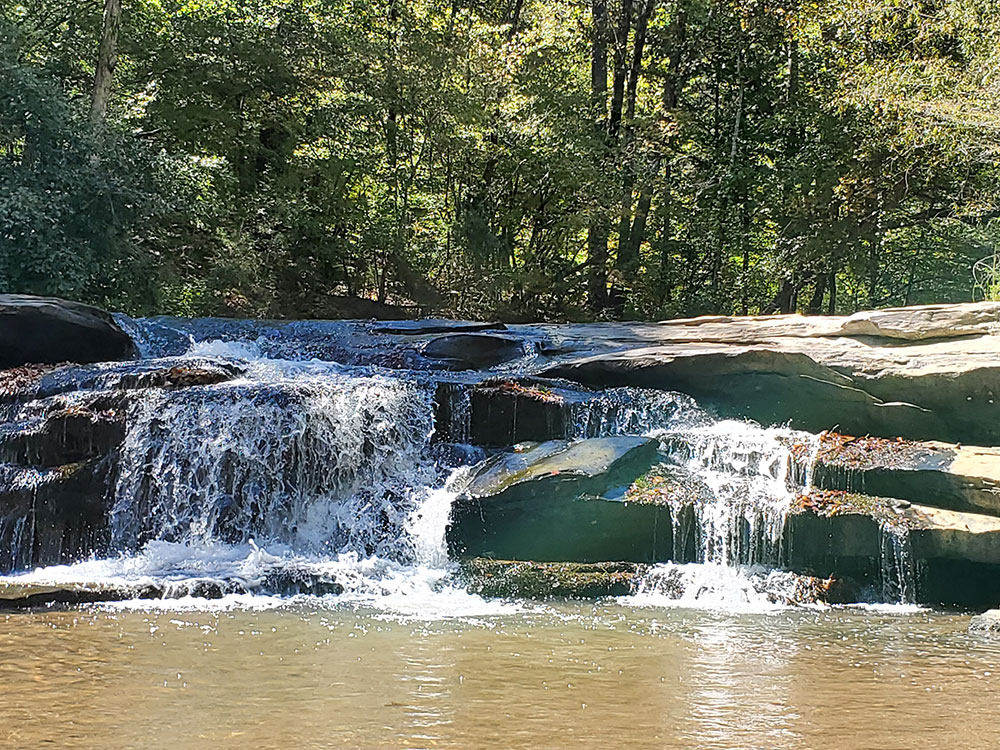
The Old 96 District represents the South Carolina counties of Abbeville, Edgefield, Greenwood, Laurens, and McCormick. Visit our website for travel inspiration, tips, itineraries, and more!

